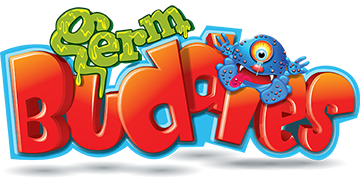FUNGUS
ALL ABOUT FUNGUS

Scientists believe that there are likely to be in excess of a million species of fungi. Fungi are living and dead organisms that fall into the categories, yeasts and moulds, mildews, mushrooms, toadstools and smuts.
Fungi are good and bad. Less than 100 fungi cause diseases that can affect plants or animals the ones that can are called pathogenic fungi.
Fungi have a nucleus and chromosomes like a human cell which contain the hereditary information within the cell.
Some fungi we know and see on a frequent basis, such as mushrooms in the supermarket or toadstools walking in the woods, others we hardly know are there. Some mushrooms can reach a sizes of 8-10 inches in diameter and 10-12 inches in height!
Fungi live in the air, in rivers, lakes and seas, in clothing, food, plants, animals and even inside the human body!
Fungi are really essential in our everyday lives because they help to break down things like rotten food and in many cases, they are loved by people as a food source such as mushrooms and truffles considered a delicacy (very tasty). We need fungus to make bread in the form of yeast and to make wine, and even help in making cheese!
Alexander Fleming a famous bacteriologist from Scotland, noticed green mould growing in his lab and that was how penicillin was made. Now penicillin is used to treat many illnesses around the world.
There are lots of reasons to appreciate fungi for their disease busting qualities, but there are still some reasons to wish they weren't around, such as fungus that infect our bodies, under our toe nails and fingernails for example and even our skin, that can be pretty irritating and make you very uncomfortable!
Its up to you – do you think fungi are good germs or bad germs or maybe a bit of both?? MEET MORE GERMS here.
